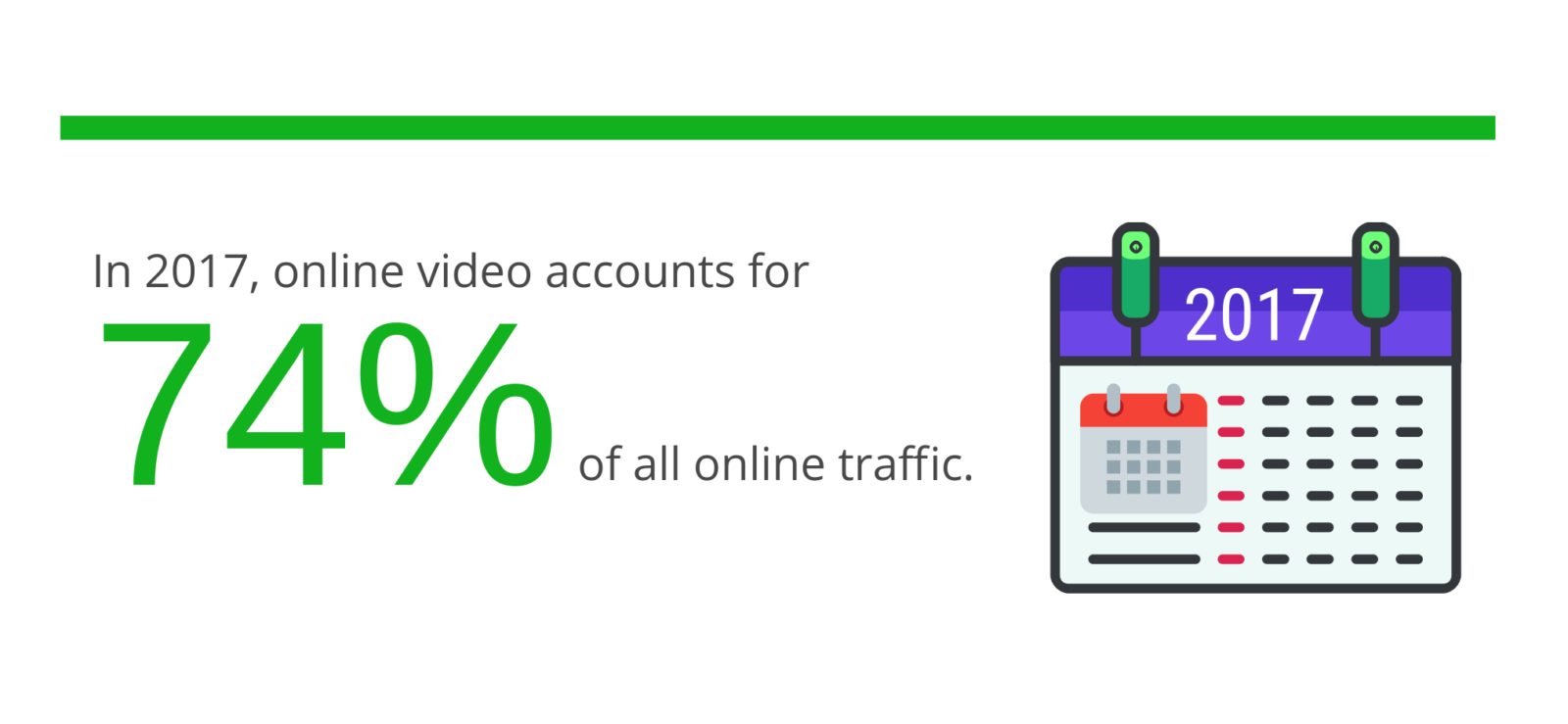The Growth of Online Video and the Need for Accessibility
Updated: June 27, 2024
The Rapid Growth of Online Video
It likely comes as no surprise that there has been a huge growth in online video over the last year. With 78% of people watching videos online every week, you probably know this first hand!

The Accessibility Gap
Online video has become paramount in our everyday lives, and is a huge part of our internet experience. That being the case, you would expect the technology to be accessible to the large part of our population with disabilities. However, that is not the case. Rather, there are many gaps between the technology that’s generally available, and its usability for many with disabilities. Some of the most obvious gaps in video accessibility are in social video and video players.
Social Video
Facebook has taken several steps to improve video accessibility, including the implementation of a free automatic captioning tool. While the idea behind this is on the right track, if you’re familiar with YouTube’s automatic captions, we don’t have to tell you the issues this poses.
While these free tools certainly don’t meet the accessibility standards, both Facebook and YouTube allow you to add your own high quality and accurate captions by uploading an SRT caption file, like one you would obtain from 3Play Media.
Instagram on the other hand, doesn’t support captions natively at all, so publishers theoretically can’t add closed captions to videos. We know the importance of accessible video – as well as the benefits – so we have created a how to guide to explain a simple workaround for adding closed captions to Instagram video. This involves encoding – or burning – captions into the video itself before publishing your post. To learn how to do this, read our how-to guide.
Accessible Video Players
Many popular video players support caption files, but much fewer support audio description. There are only three that do – Able Player, OzPlayer, and now Brightcove is the first enterprise- level platform to offer an audio description solution.
Gian Wild, CEO and Founder AccessibilityOz – the company that created OzPlayer – recently tested the accessibility of popular video players. Initially, they began by testing 37 video players against WCAG 2.0’s non-interference clauses. From there, they developed a checklist of accessibility features that can be grouped into 4 categories: user controls, keyboard accessibility, transcripts and captions, and audio description. This made it simple to create a structured rating system to use for testing and comparing each video player.
The Future of Accessible Video
Creating accessible video has many benefits in addition to allowing individuals equal access. Including video in a landing page can increase conversion by 80%. Additionally, on an average, people spend more than double the amount of time on pages with videos than without videos. If you have videos that are inaccessible you will be turning away a large group of people. As we move into 2018, the staggering numbers in online video trends will only continue to increase. We have a lot of catching up to do in terms of video accessibility.
__










